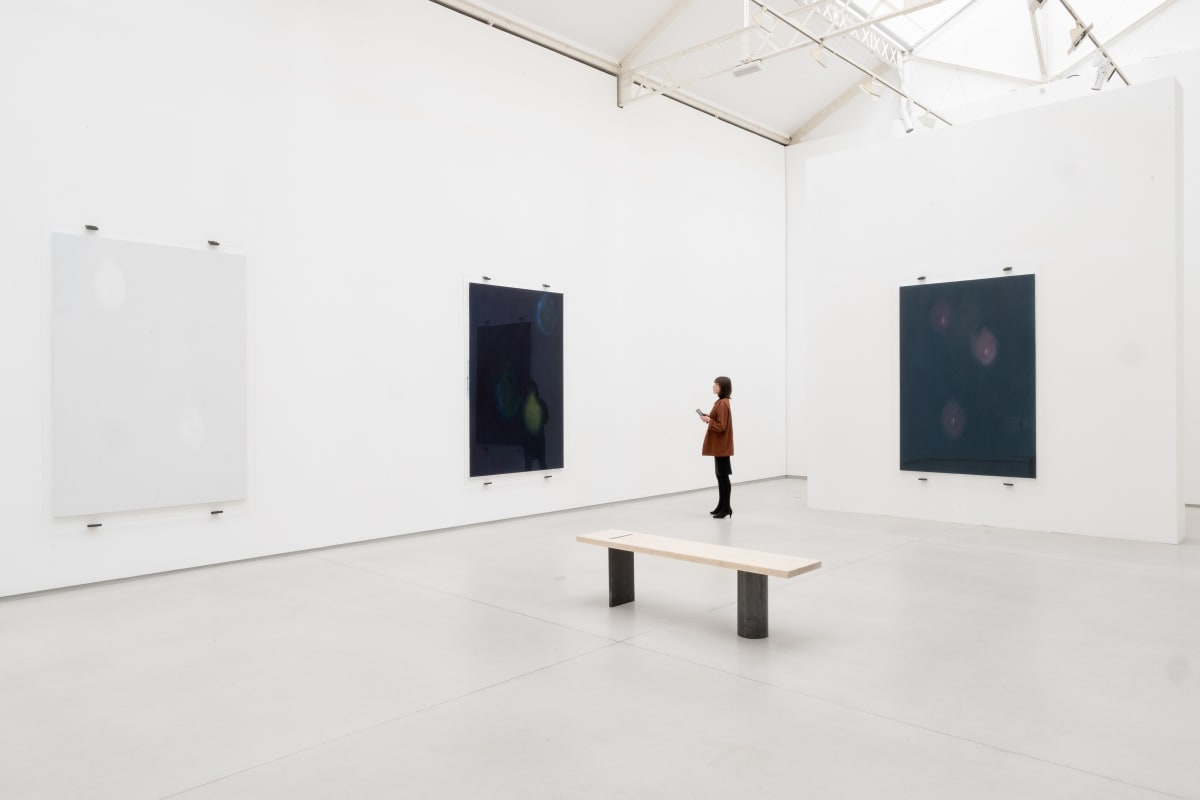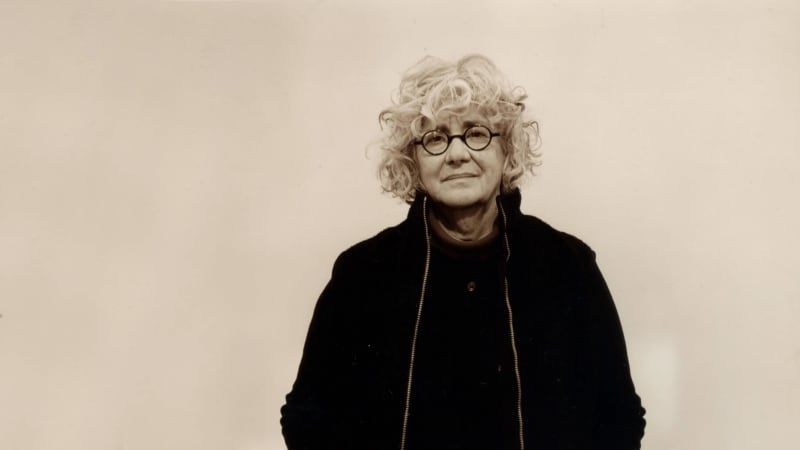Lee Bul's early works take SeMA by storm
by Kwon Mee-yoo
Lee Bul is one of the most internationally established Korean artists, best known for her utopian explorations through sci-fi imagery. Ralph Rugoff, curator of the 2019 Venice Biennale and director of the Hayward Gallery in London where Lee held a solo show in 2018, described Lee as "truly one of the most compelling and inventive artists of her generation."
The 57-year-old artist, now a prominent figure in the international art scene, had a beginning just like everyone else. Her earlier works can be revisited in her retrospective exhibition "Lee Bul: Beginning" at the Seoul Museum of Art (SeMA).
The exhibit centers on Lee's early works from 1987 to the late 1990s when Korean society went through a point of inflection with the rise of popular culture, internationalization and end-of-the-century unrest as well hopes for the new century.
Lee studied sculpture at Hongik University, one of the top art schools in Korea. However, she was not satisfied with art education at the time, which forced students to adhere to traditional materials such as marble and bronze.
In defiance, Lee experimented with soft materials such as fabric, fiberfill and synthetic hair and came up with her "soft sculpture" in grotesque shapes that are reminiscent of human body parts and later evolved into more abstract forms.
On view are "Untitled (Cravings Red)" and "Untitled (Cravings Black)," two 2011 reconstructions of Lee's 1988 work originally introduced in her first solo exhibition, and "Monster: Pink," a 2011 recreation of here 1998 work.
"Lee's renowned cyborg series is also an extension of these sculptures, transcending the human body," Kwon Jin, curator of the exhibit said.
Lee's drawings for the soft sculptures are also on display, giving a peek into how she envisions these monstrous shapes.
"Drawing is an important process for Lee as she visualizes her expressive sculptures and performances via brainstorming," Kwon explained.
The exhibit continues into a black box featuring videos of 12 among the 33 performances Lee staged from 1988 to 1996.
The Korean art scene witnessed the emergence of a new generation rejecting existing norms and embracing diversified values in the 1990s. And Lee was at the vanguard of that movement. She focused on the body as a medium for experimenting and explored new materials and spaces.
She held a series of performances at art galleries, theaters, on the streets of Korea and Japan and other unexpected places.
"Her performance can still be considered avant-garde these days. Over 30 years ago in conservative Korean society, her works were considered much more strange and weird," Kwon said.
Lee wore her soft sculpture like a costume and performed in it, moving around and making sounds. Lee's outdoor performance, "Cravings," wearing one of her first creations, was held in Jangheung in 1988 and another "Cravings" performance took place at the National Museum of Modern and Contemporary Art in Gwacheon in 1989 as part of "The Korean Young Artists Biennial," signaling her entry into the history of performance art in Korea. Those events are also shown in the exhibition.
"Though largely incomprehensible, Lee recites Choi Seung-ja's poem 'My Poem That Doesn't Want to Be My Poem' in her 1989 performance, 'Untitled.' The inspiration from the feminist poet is one of the importance references to Lee's early works," Kwon said.
In her iconic 1989 performance, "Abortion," Lee was naked and hung upside down from the ceiling, licking a lollipop and speaking about her autobiographical experience. She said, "This act of mine would help everyone become free of guilt," before being taken down by the audience who could not watch her screaming in pain anymore.
Lee openly discussed abortion in her art over three decades ago, but the oppression of women today is not much different from the day she performed "Abortion." The Korean government partially lifted its ban on abortion last year, but many people still view the practice through colored lenses.
"Sorry for suffering ― You think I'm a puppy on a picnic?" is an epic performance she held for 12 days crossing borders in 1990. Beginning at Gimpo Airport in Korea, Lee in "Cravings" continues to roam around Narita Airport and urban areas and shrines of Tokyo, ending up at Tokiwaza Theater, where she reenacted "Abortion."
Lee's 1994 performance, "Laughing," at A Space in Toronto, Canada shows how she awakens traditional perceptions of women. In this four-part performance, Lee changes from a hanbok (Korean traditional costume) into a white slip and finally becomes naked, while dancing "buchaechum" (fan dance), blowing a balloon until it pops and laughing hard between parts.
In the third gallery are records of Lee's performances as well as her major works.
"The artist documented her studio damaged by flood in 1990. She said she felt devastated for a while, but it later freed her from the burden of storing all of her previous works," Kwon said.
Another notable record is "Majestic Splendor," the notorious artwork removed from the Museum of Modern Art in New York for its smell when first shown in 1997. Marquette of sequin and bead ornaments for the rotting fish sculpture are on display to give a glimpse of Lee's nod to the cheap labor of women.
The exhibit begins and ends with "Hydra (Monument)," a participatory sculpture in which audiences pump air into the balloon sculpture to inflate it, in the lobby.
Part of Lee's balloon monument series debuted in 1996, and the piece is an extension of Lee's early performances. After becoming fully inflated, the sculpture reveals a portrait of the artist wearing various elements representing images of Asian women, such as a buchaechum doll, queen, goddess, geisha, shaman and wrestler.
"The struggle of Lee from a young, rebellious artist to the current position of the most successful artist of the time is still valid. Her early works still resonate as the social perspective on women did not change fundamentally," Kwon said.
The exhibit runs through May 16.


















































































































































































